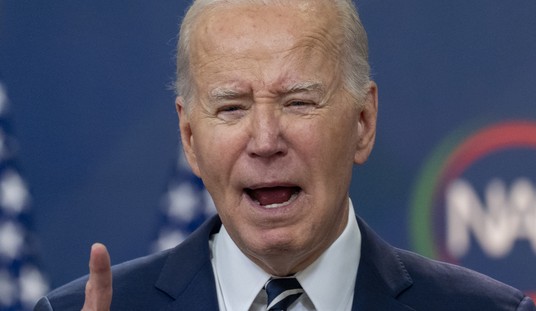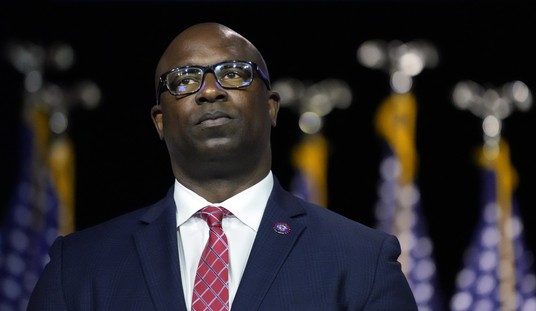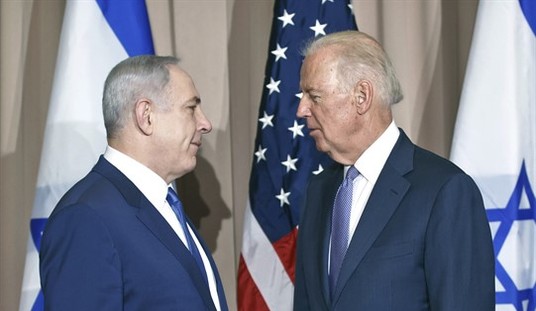Part 1: A Guided Tour Through Derrick Bell’s Afrolantica Legacies
Part 2: A ‘Euphoria of Freedom’
Part 3: What Could it Mean to Be White?
Part 4: The Wages of Antisemitism
Part 5: Thomas Jefferson, A Symbol of American Racism
Part 6: Why Meritocracy Must Die
Part 7: Unemployment Creates Crack Dealers
Part 8: We Have a Right to Your Property
Part 9: The Birth of ‘Blackness’
Part 10: Apocalyptic Prophet of Racial War?
Part 11: The Brown-Skinned Joan of Arc
Part 12: Critical Race Theory’s Distortion of Trayvon Martin
Part 13: The Roots of the War on Meritocracy
Part 14: The Marxist War Within the Multi-Racial Family
Part 15: The White Bourgeoisie Conspiracy to Dupe the Black Proletariat
Part 16: The Progressive Faith Vs The Jewish Faith
Part 17: Doing the State Some Service
Following his full-throated defense of the Stalinist singer Paul Robeson, Derrick Bell chose to provide another icon with a less flattering portrayal. To illustrate the fifth Afrolantica Legacy, Bell borrowed Margaret Atwood’s “classic” 1986 Marxist feminist-dystopian novel The Handmaiden’s Tale. Throughout the essay Bell compares Supreme Court Justice Thurgood Marshall to the novel’s protagonist Offred, a women kept as a sex slave in a nightmare future.
He does this to demonstrate that even though — in his view — Marshall’s Civil Rights victories failed to lift up black Americans, and even though racism will endure forever, we should keep up the hope like the hero of the novel and carry on in the “struggle” regardless because:
Bell needs an explanation for how the apparent improvement in black lives over the last 50 years is actually an illusion. He needs to reveal Marshall’s life work as fraudulent. He does so via a conspiracy theory mirroring the parable of the Citadel in the second Afrolanica Legacy.
From Page 130 Bell embraces the thesis of Robert L. Allen’s 1969 book Black Awakening in Capitalist America:

“… what we deem as progress measured by the number of blacks who have moved into management level positions, is quite similar to developments in colonial Africa and India. The colonizing countries maintained their control by establishing class divisions within the ranks of the indigenous peoples. A few able (and safe) individuals were permitted to move up in the ranks where they served as false symbols of what was possible for the subordinated masses.”
Juan Williams in June last year — responding to Ann Coulter’s book Demonic — discussed the divisions within the Civil Rights movement over tactics:
The left often has a simplistic view of the civil rights movement as monolithic. The truth is that Marshall and King represented very different approaches to ending the bitter history of segregation. Marshall favored using the law while King favored bold demonstrations to gain media attention.
History tells us that both the demonstrators and the lawyers played vital roles in bringing about the end of segregation in America. But Marshall’s more conservative view of how to create lasting social change is often forgotten because he never wore a dashiki or patronized the idea of race riots as helpful to achieving racial equality. He was seen by many of the 60’s activists as a boring, law and order, establishment judge who deeply believed in the Constitution, loved America and was a social conservative.









Join the conversation as a VIP Member